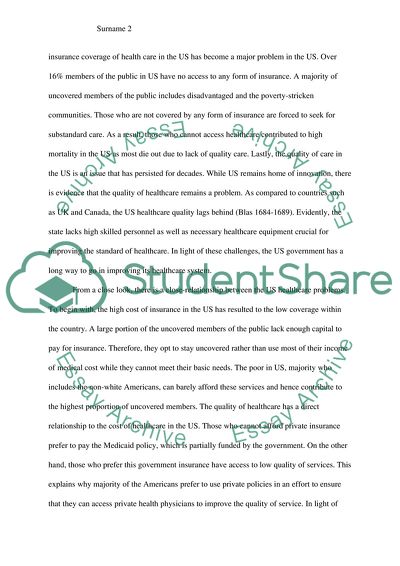Cite this document
(Core Problems of the US HealthCare System Essay Example | Topics and Well Written Essays - 2500 words, n.d.)
Core Problems of the US HealthCare System Essay Example | Topics and Well Written Essays - 2500 words. https://studentshare.org/sociology/1859122-medical-sociology
Core Problems of the US HealthCare System Essay Example | Topics and Well Written Essays - 2500 words. https://studentshare.org/sociology/1859122-medical-sociology
(Core Problems of the US HealthCare System Essay Example | Topics and Well Written Essays - 2500 Words)
Core Problems of the US HealthCare System Essay Example | Topics and Well Written Essays - 2500 Words. https://studentshare.org/sociology/1859122-medical-sociology.
Core Problems of the US HealthCare System Essay Example | Topics and Well Written Essays - 2500 Words. https://studentshare.org/sociology/1859122-medical-sociology.
“Core Problems of the US HealthCare System Essay Example | Topics and Well Written Essays - 2500 Words”. https://studentshare.org/sociology/1859122-medical-sociology.


